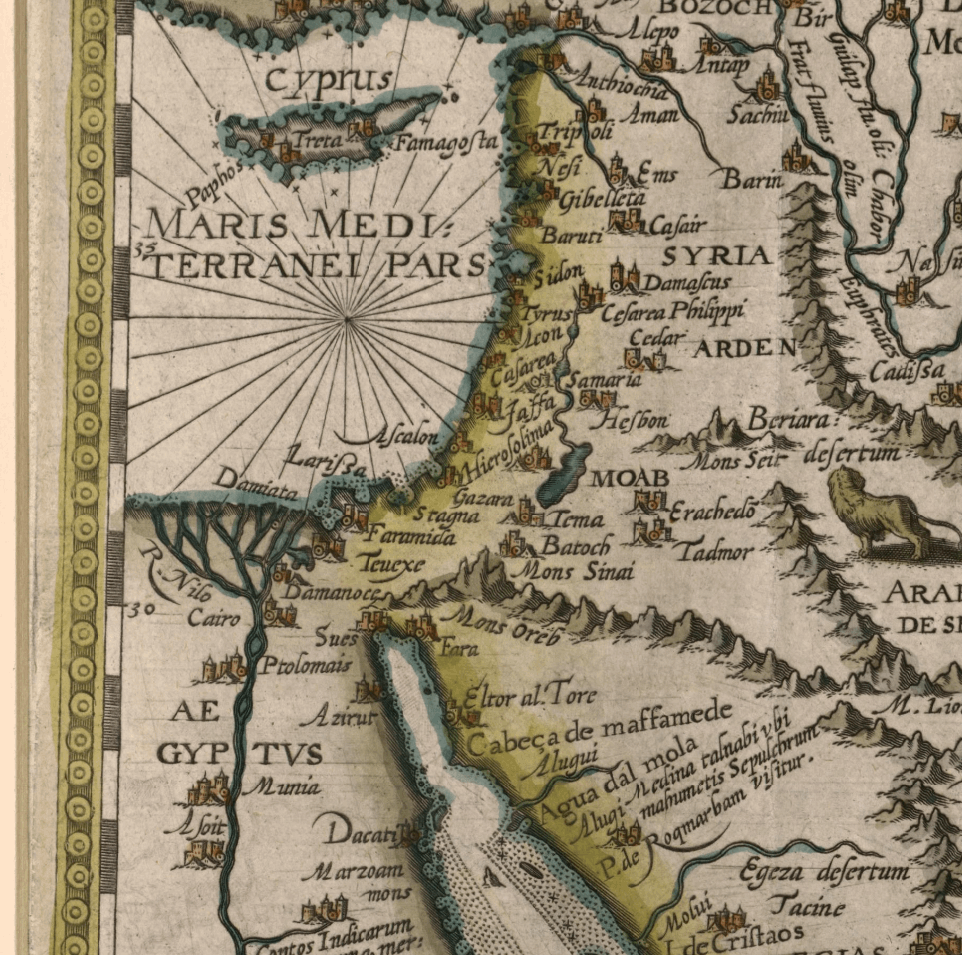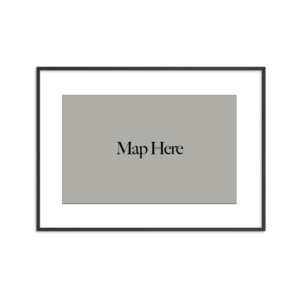Arabia Felix 1596
From: EGP460.00
Jan Huygen van Linschoten (1563-1611) was a Dutchman whose contributions to cartography were of great significance in breaking the Portuguese monopoly on trade and navigation in the late 16th century and in opening up southern Asia to the Dutch and later the English. As a young man, van Linschoten spent four years in Spain learning trade. He then made his way to Lisbon, where he was taken on by the archbishop of Goa, the capital of the “Portuguese State of India.” The Portuguese were the only Europeans who knew the safe navigation routes to the East, which they regarded as closely guarded national secrets upon which their wealth depended. Van Linschoten was in Goa in 1583-88, during which time he gained much nautical and mercantile knowledge.
On his voyage home he was shipwrecked in the Azores, where he had time to write an account of his travels. He is best known for his magnum opus Itinerario, first published in Amsterdam in 1596, of which this map forms part. The shape of the Arabian Peninsula, including the whole of Arabia, is far more accurate here than on any earlier map. Julfar (present-day Ras al-Khaimah, United Arab Emirates) is indicated for the first time. The arrowhead-shaped Qatar Peninsula, called Catura, is clearly distinguishable, located in the midst of an oyster-bed represented by small pearl-dots. Inscriptions proclaim that the map shows “the location of the gulfs and of the islands, the cliffs, raised earths, shallows, and [their] depths, that are close to these shores, with correct names for the single places, as it is required by the very expert Lusitanian pilots of ships: revised with great accuracy from excellent Indian maps, and corrected throughout.” Distance scales are given in Spanish leagues and German miles.
Map Info
Creator: Jan Huygen van Linschoten
Date: 1858
Language(s): English
Scale: 1:45,000,000
Location: South West Asia
| Size | A3, A2, A1, A0 |
|---|
People Also Purchased
-
Postage Stamps Stickers
EGP90.00 -
Frame
From: EGP250.00 -
Postcards Egypt 1826
EGP50.00 -
Magnifying Glass
EGP120.00
Related products
-
A New Map of Cairo 1966
From: EGP460.00 -
Aden 1949
From: EGP460.00 -
Afrika 1892
From: EGP460.00 -
Birds Eye View of the Suez Canal 1882
From: EGP460.00 -
Catholic Missions in Northeastern Africa 1899
From: EGP460.00 -
Guide Plan of Cairo 1949
From: EGP460.00 -
Map of Arab League States 1960
From: EGP460.00 -
Map of Cairo 1914
From: EGP460.00 -
Map of Cairo Showing Mohammedan Monuments 1950
From: EGP460.00 -
Middle East and Arabia 1766
From: EGP460.00 -
Port of Alexandria 1882
From: EGP460.00 -
Tectonic Map of the Arabian Peninsula 1978
From: EGP460.00


























